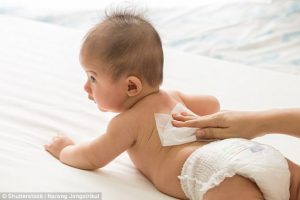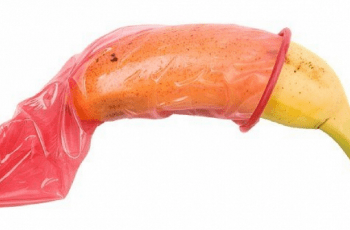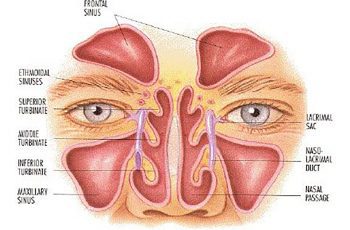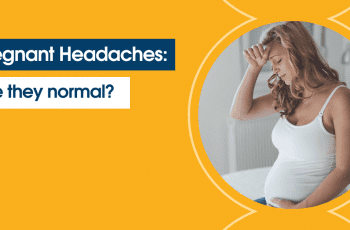Baby wipes increase children’s risk of developing life-threatening food allergies, new research suggests.
Immune reactions to everyday products like nuts, eggs, and soy may be brought on by a ‘perfect storm’ of baby wipes, dust, and food exposure, a study found today in a ‘major advance’.
Researchers believe this is due to an ingredient in soap found in baby wipes, known as sodium lauryl sulfate, lingering on infants’ skin and disrupting its protective fatty barrier.
In youngsters with genetic mutations that predispose them to allergies, this disruption could lead to immune reactions if they are, for instance, kissed by a sibling with peanut butter on their face, according to the US researchers.
The scientists recommend parents reduce their youngsters’ food allergy risk by washing their hands before touching them and rinsing off excess soap after baby wipe use.
Around one in 13 children in the US suffer from at least one food allergy, according to Food Allergy Research & Education.

Baby wipes increase children’s risk of developing life-threatening food allergies
Food ‘enters’ newborns via their skin
The researchers analyzed food and environmental allergen exposure in newborn mice with the same skin-related genetic mutations that occur in humans.
When rodents’ skin was exposed to peanuts, this alone induced no allergic response.
Lead author Professor Joan Cook-Mills said: ‘Then I thought about what are babies exposed to.
‘They are exposed to environmental allergens in dust in a home.
‘They may not be eating food allergens as a newborn, but they are getting them on their skin.
‘Say a sibling with peanut butter on her face kisses the baby. Or a parent is preparing food with peanuts and then handles the baby. ‘
Professor Cook-Mills then investigated skin studies that assessed the impact of soap, saying: ‘I thought “oh my gosh!’ That’s infant wipes!”‘
After the study’s mice were exposed to food and dust on their skin three-to-four times for 40 minutes over two weeks, they were given pieces of egg or peanuts to eat.
As a result, the animals suffered allergic reactions at the site of skin exposure, as well as in their intestines.
Their body temperatures also fell, which indicates the severe food allergy anaphylaxis.
Professor Cook-Mills added: ‘It’s a major advance in our understanding of how food allergy starts early in life.’
How to reduce children’s allergy risk
Speaking of how parents can lower their children’s risk of such reactions, Professor Cook-Mills said: ‘Reduce baby’s skin exposure to food allergens by washing your hands before handling the baby.
‘Limit use of infant wipes that leave soap on the skin. Rinse soap off with water like we used to do years ago. ‘
On the back of the findings, the researchers plan to carry out further studies investigating how food allergies can be prevented in children.
Professor Cook-Mills added: ‘The goal is to determine unique signals in the skin that occur during development of food allergy.
‘This will lead to approaches to intervene with those skin signals and block the development of food allergy.’
The findings were published in the Journal of Allergy and Clinical Immunology.

Allergens like peanut butter may enter babies’ bodies from their siblings’ faces
Peanut patch could cure major food allergy
This comes after research released last November suggested a simple patch could cure life-threatening peanut allergies.
Viaskin Peanut is a stick-on band designed to gradually expose patients to the proteins that cause such reactions.
In October last year, the so-called ‘vaccine’ failed in a large clinical trial, faring no better than a placebo.
Yet, researchers, at the Icahn School of Medicine in New York, insist it should not be ruled out just yet, seeing as the patch left patients 10 times more resilient.
Lead author Dr. Hugh Sampson claimed the results suggest the patch is effective if administered at a high dose, despite fears it flopped in previous trials.
If you know someone who might like this, please click “Share!”




